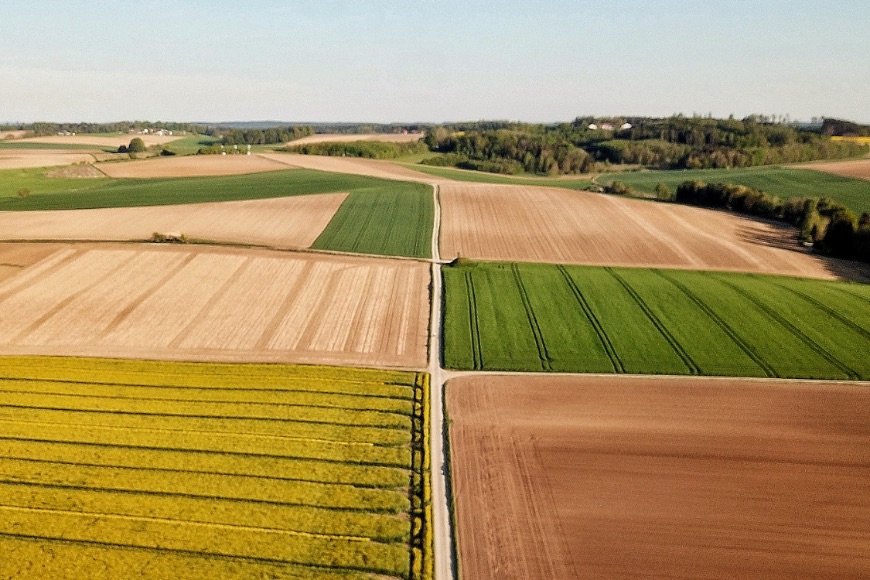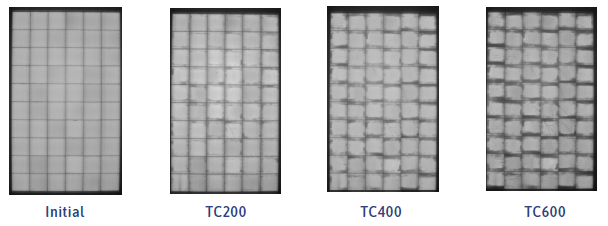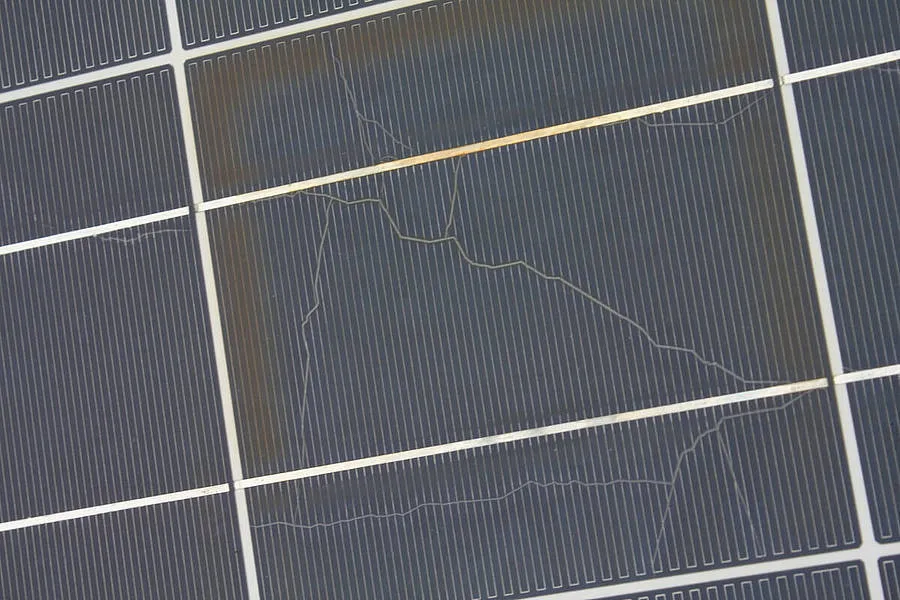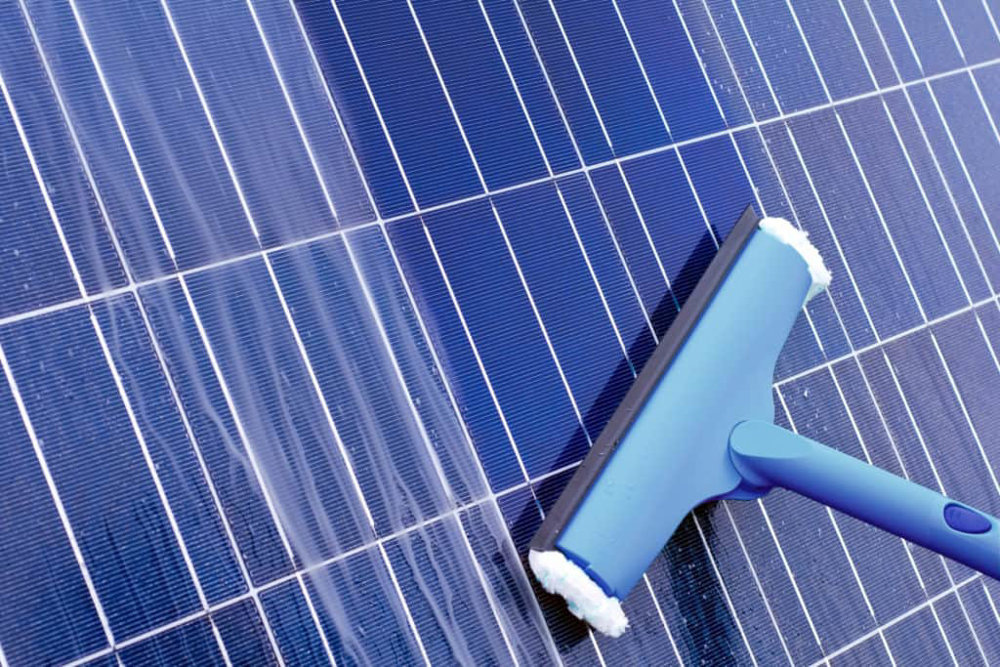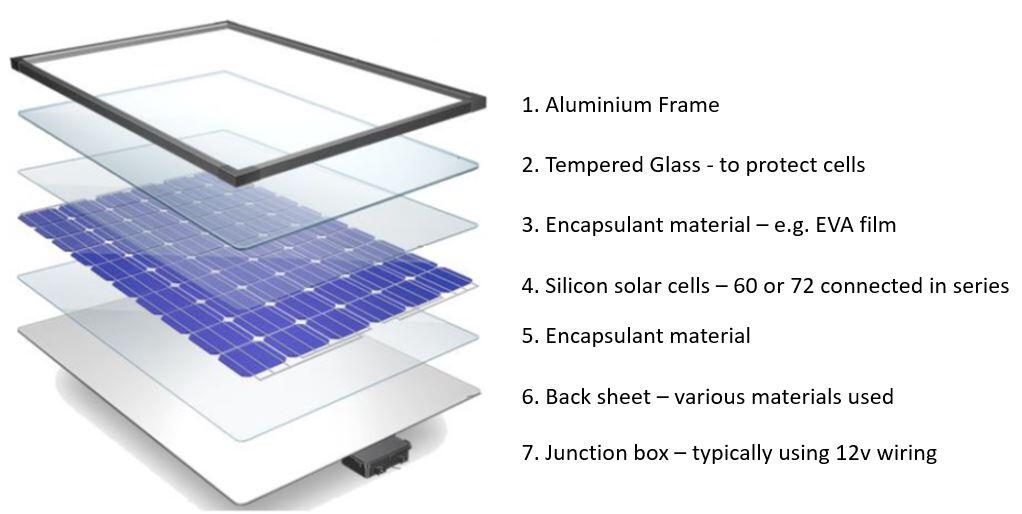Nowadays, our biggest focus is on analyzing the production of SPPs in the coming years. We also talked about a misconception about yield loss “degradation” and how to calculate degradation correctly. Enjoy the show 🙂
You can fill in the form below for your questions.
